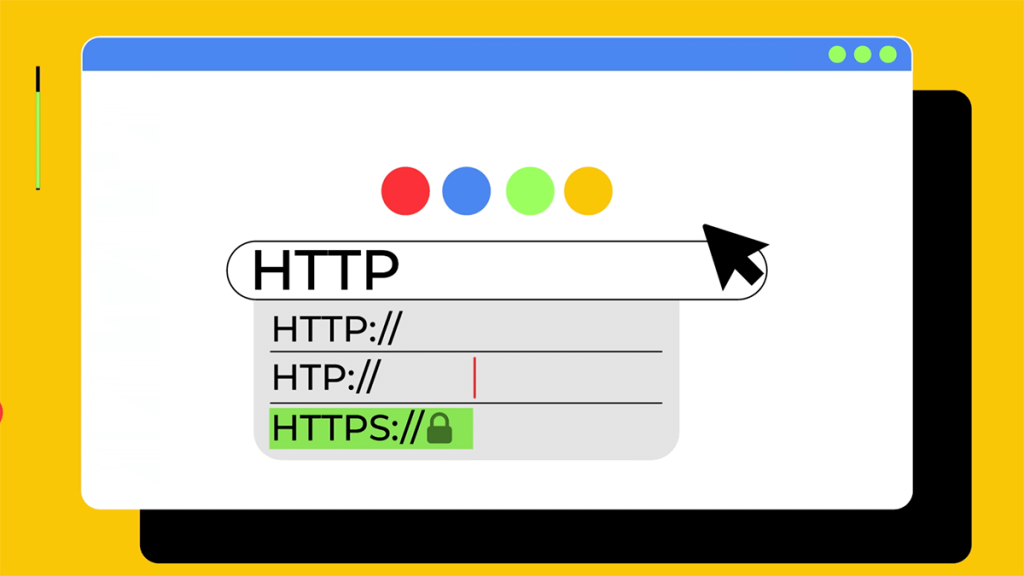
When to utilize animation to reach audiences
Key considerations when assessing if animation is the right tool for the job
Where does animation work most effectively, and when is it unlikely to be the right tool for the job? Here are some insights arising from our own experience producing animations for a range of audiences over the past five years.
Information can be distilled into two to three key takeaways
When using animation to communicate critical information, it is essential to be mindful of information retention among the audience. If you bombard them with advice and recommendations, viewers are unlikely to absorb anything and may not even make it to the end of the film. An animation with two to three key points, delivered over 30 to 90 seconds, maximizes the likelihood that information will be absorbed and acted upon.
For example, advice on avoiding a phishing attack could comprise opening a new window rather than following a suspicious link, calling your bank directly if uncertain, and carefully checking the URL for discrepancies. For more complex topics, a series of animations can be an effective way of communicating related information in a digestible format.

Advice will remain relevant for at least six to nine months
Given the investment of time and resources necessary to produce quality animations, it should have reasonable longevity. All content should be rooted in accepted good practice that it is unlikely to change in the foreseeable future. When built into the design phase, animations can be quickly and easily updated with new information in the short term, such as impact data or contact information, and new voiceovers are straightforward to incorporate, while the core visual content should remain constant.
Opportunities to engage visually
For animations to be effective, there needs to be an opportunity to engage visually, and there are many different ways in which to do this. Often, the most effective approach is the creation of engaging, relatable characters. Furthermore, animation offers a unique opportunity to communicate on sensitive topics such as domestic violence without compromising the safety of real people. Where appropriate, visual humor is another way to engage audiences via animation, for example around parenting skills.

Occasionally, however, there will be themes that are not the right fit. For example, while animation could be used to encourage people to register to vote, the exact process would be extremely difficult to convey visually.
Content that is widely applicable
To achieve economies of scale in the production of animation, the advice and recommendations should be broadly relevant to wide-ranging audiences, geographically, socially, and culturally. There are many opportunities to tailor an animation to meet the needs of specific audiences, for example with local contact information, but the core animated content should be widely relevant. For this reason, state or county-specific regulations may not scale up well. That is not to say that there isn’t a place for animations targeting very specific audiences, just that these do not offer the same opportunities for economies of scale.

Comments